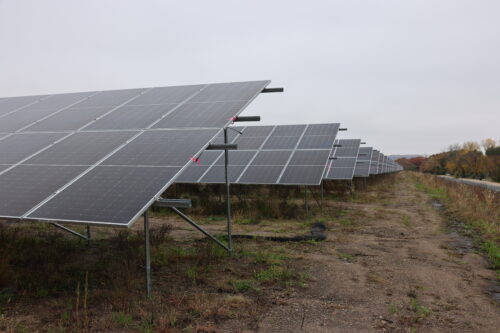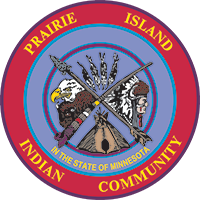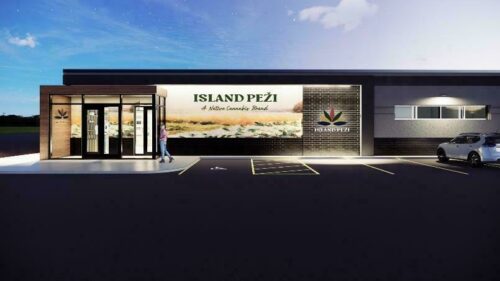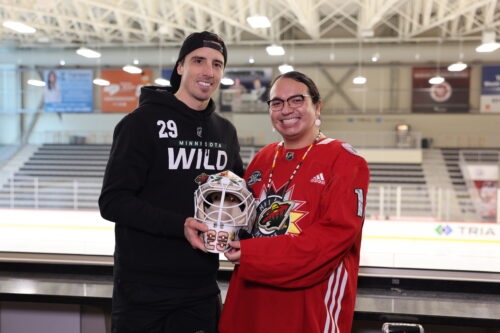Good Stewards

The Dakota Oyate are one with the land. We take our responsibility to be good stewards of the earth seriously and are proud of what we are accomplishing. While we may no longer have full control over our lands, as our ancestors did, we have learned to control what we can. By doing so, we are reducing our impact on Ina Maka (Mother Earth) and brightening the future for our next generations.
Prairie Island Today
Our lands today are different than the lands walked by our ancestors. Our ancestral homelands were not defined by reservation boundaries. Our relatives walked freely and looked to Mother Earth for the foods and medicines that nourished our people.
Our lands were taken from us as settlers moved west across the United States and we were left with nothing but empty treaties. Following the War or 1862, the Dakota Oyate were exiled from Minnesota. A few Dakota families remained around Prairie Island.
In the late 1800s, the Secretary of the Interior purchased approximately 120 acres of land for the remaining Dakota. Dakota families began to return to Prairie Island, starting in 1880, buying back small parcels of our ancestral home. Following the Indian Reorganization Act of 1934 and the federal recognition of the Prairie Island Indian Community, Congress put additional land into trust for the Tribe and Prairie Island’s official reservation was established.
The reservation, which is located on the shores of the Mississippi and Vermillion Rivers, just north of Red Wing in southeastern Minnesota’s Goodhue County, consists of approximately 534 acres of original reservation land and 2,774 acres of other trust land close to the existing reservation. Much of that land is located in the 100-year floodplain, including 1,295 acres of non-buildable land and open water.
The Tribe has purchased additional off-reservation properties, totaling more than 1,700 acres, that are not currently in federal trust.
Our responsibility to be good stewards applies to all lands owned by the Prairie Island Indian Community.
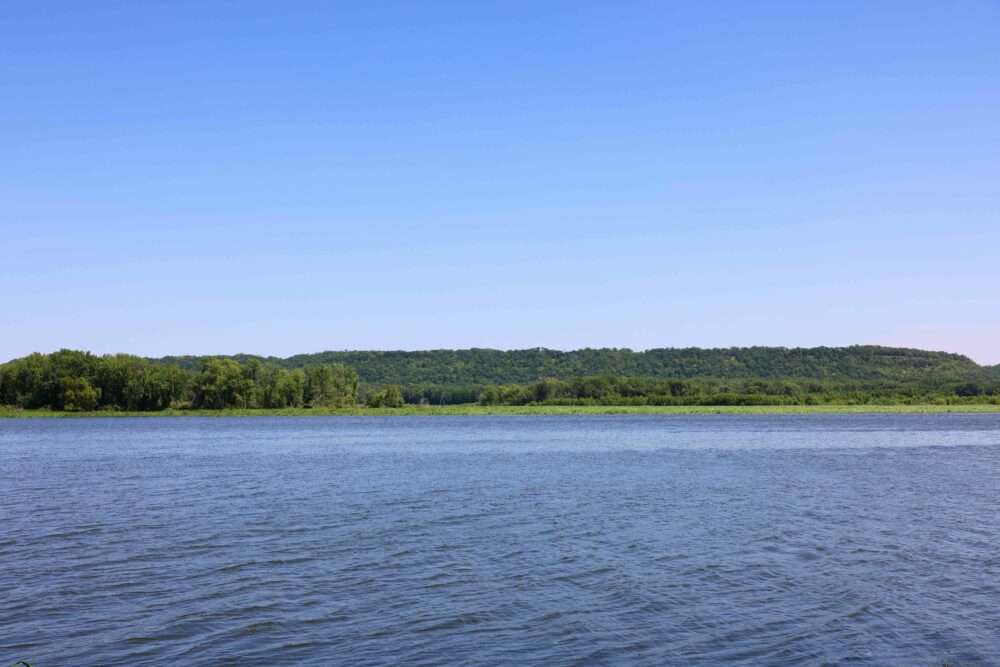
Protecting and preserving the Land
Protecting our lands and our water is a responsibility we take seriously. We are working hard to be at one with Ina Maka and preserving what we have for future generations.
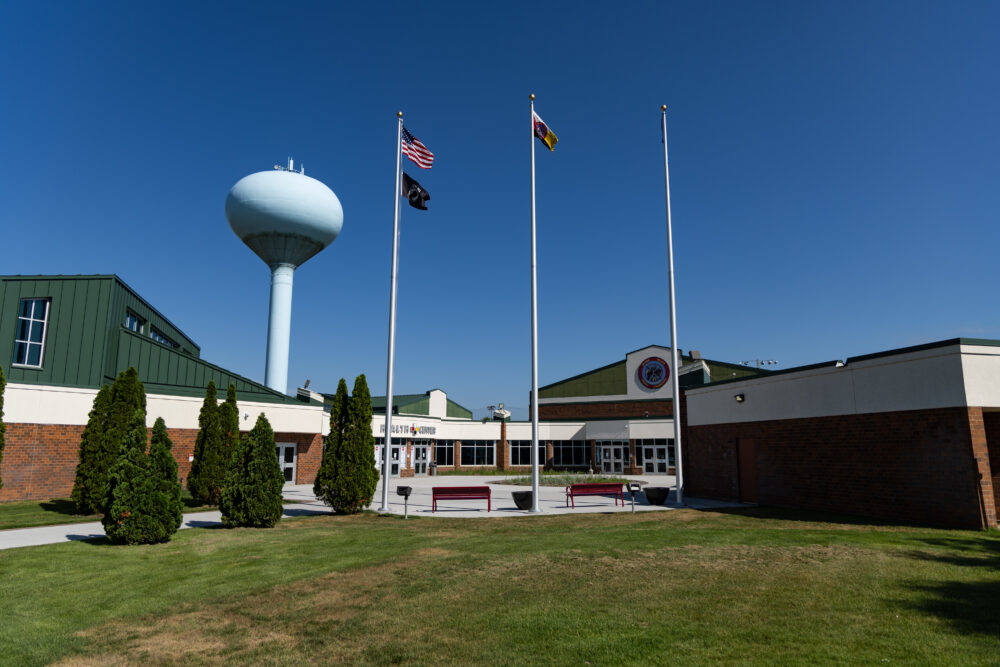
Reducing our carbon footprint
The Prairie Island Indian Community Net Zero Project is a model not just in Indian Country, but for communities around the United States that are trying to reduce their impact on the environment.

Striving for food sovereignty
Creating a sustainable food system and improving the health of future generations is at the heart of the Prairie Island Indian Community’s food sovereignty efforts.

Tribal Homes in Minnesota Get $1.4M for Clean Electricity
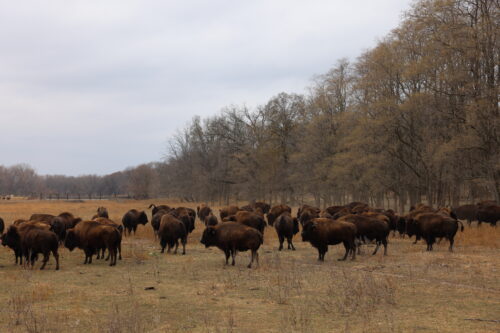
Bison Herd Helps Restore Prairie Island Community
